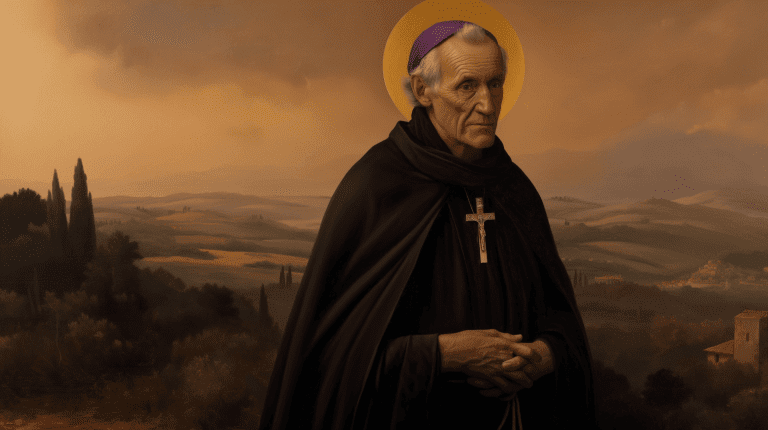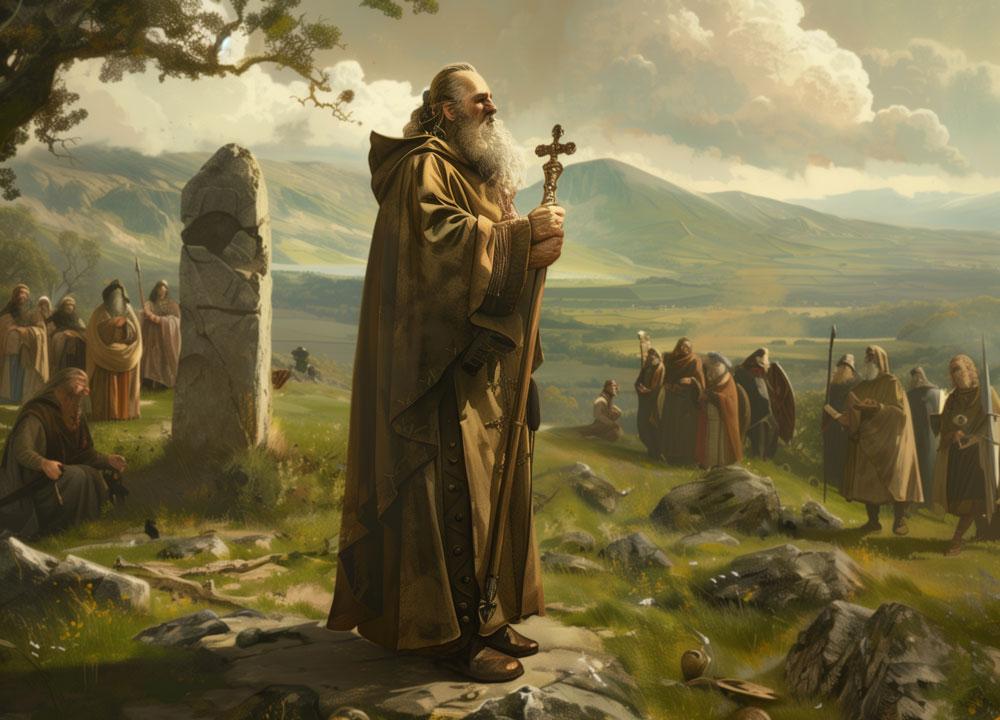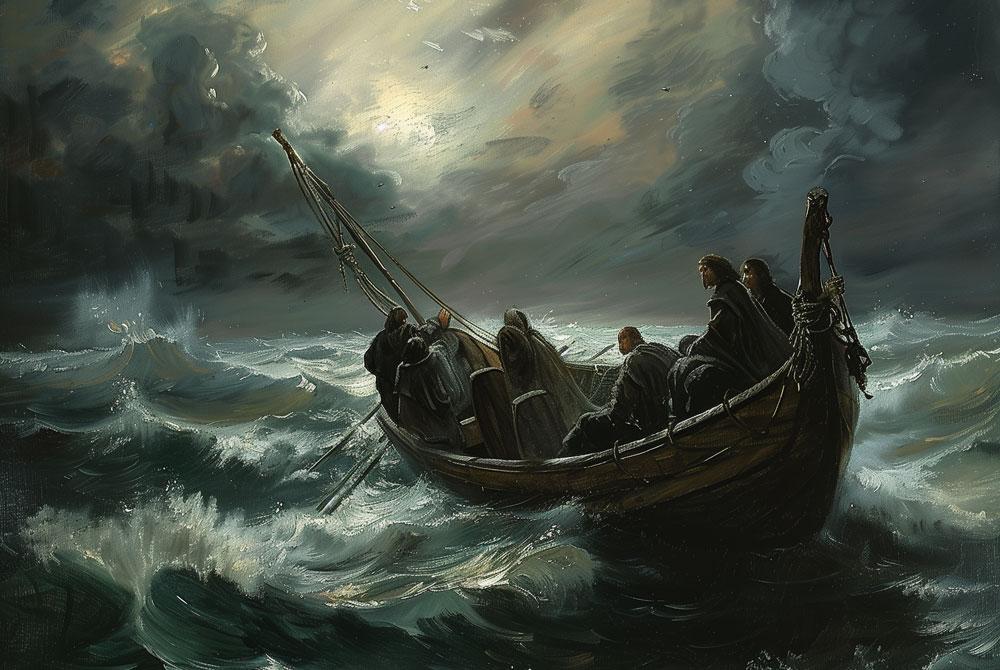
Who was St. Vincent Strambi?
St. Vincent Strambi, a Passionist priest and Bishop, lived a...
Read More
Saint Patrick, the patron saint of Ireland, is a figure shrouded in layers of history, myth, and legend. Born in Britain in around 386 AD, his life and legacy have become a blend of historical facts and symbolic narratives that continue to inspire and intrigue people around the world. To discover more about the life of Saint Patrick, we briefly explore the man behind the myths and the lasting impact of his mission.
Patrick was born into a British family; his father was a deacon, and his grandfather a priest, suggesting a Christian upbringing. However, Patrick’s own writings reveal that he was not particularly devout in his youth. At the age of sixteen, Patrick’s life took a dramatic turn when he was captured by Irish raiders and taken to Ireland as a slave. He spent six years there, working as a shepherd. It was during this time of isolation, hardship, and reflection that Patrick turned to his faith, finding solace and strength in prayer.

Patrick’s writings describe a dream in which he was commanded by God to flee from captivity and return to Britain. Patrick acted on his dream’s vision and managed to escape, finding passage on a ship, and he was reunited with his family. However, his experiences in Ireland left a lasting mark on him. Patrick experienced another vision, this time calling him back to Ireland—not as a captive, but as a missionary. Compelled by this divine calling, Patrick prepared for his mission by entering the priesthood, and eventually, he was ordained as a bishop.
Patrick returned to Ireland with a daunting task ahead of him: to convert a predominantly pagan society to Christianity. He traveled extensively across the country, using his knowledge of Irish culture and language to communicate and connect with people. Patrick’s approach to conversion was both innovative and compassionate; he incorporated traditional Irish symbols into Christian teachings to make the religion more accessible to the Irish people. The shamrock, now synonymous with Saint Patrick’s Day and Irish culture, is said to have been used by Patrick to explain the concept of the Holy Trinity.
Patrick’s missionary work faced numerous challenges, including opposition from druidical priests and local chieftains. Despite these obstacles, his efforts were met with significant success. He established churches, schools and monasteries, laying the groundwork for the spread of Christianity across Ireland.

The details of Patrick’s life are often intertwined with legend. One of the most famous legends is that he banished all snakes from Ireland, driving them into the sea. While this is unlikely from a geographical standpoint—post-glacial Ireland never had snakes—it more likely serves as a metaphor for his eradication of pagan practices.
Patrick is believed to have died on March 17th, around the year 461, and this date is celebrated as Saint Patrick’s Day. Originally a religious feast day, it has evolved into a global celebration of Irish culture, featuring parades, green attire, and festivities that pay homage to the island’s patron saint.
Much of what is known about Patrick comes from two writings attributed to him: the “Confessio,” a spiritual autobiography, and his “Letter to Coroticus,” a denunciation of the mistreatment of Irish Christians by the British. These texts offer a glimpse into Patrick’s thoughts, beliefs, and the challenges he faced, providing valuable insights into the man behind the missionary work.
For more information and to learn more about St Patrick’s writings visit the website and article ‘Saint Patrick’s Confessio’.
Saint Patrick’s life story is a testament to the power of faith, resilience, and transformation. From a teenage captive to the patron saint of Ireland, his journey reflects significant personal and spiritual growth. Patrick’s legacy extends beyond the shores of Ireland, touching hearts and inspiring faith across the world. As we celebrate Saint Patrick’s Day, we remember not just the legend, but the man who walked in faith, challenged the status quo, and dedicated his life to spreading the message of love and Christianity. Saint Patrick’s life reminds us that even in the darkest of times, there is always a light that can lead us home.
For more information about Minsteracres Retreat Centre, our programme of events including residential and day retreats, volunteer opportunities and how to become part of our welcoming community, please visit our homepage at Minsteracres Retreat Centre.

St. Vincent Strambi, a Passionist priest and Bishop, lived a...
Read MoreThe Rosary is one of the most cherished devotional tools...
Read MoreVolunteering strengthens communities and can also be a powerful catalyst...
Read More
We are a Christian place of prayer with a resident community of Roman Catholic Passionist priests, nuns and lay people. The presence of the community gives the centre a homely atmosphere and provides a spirit of prayer and hospitality.